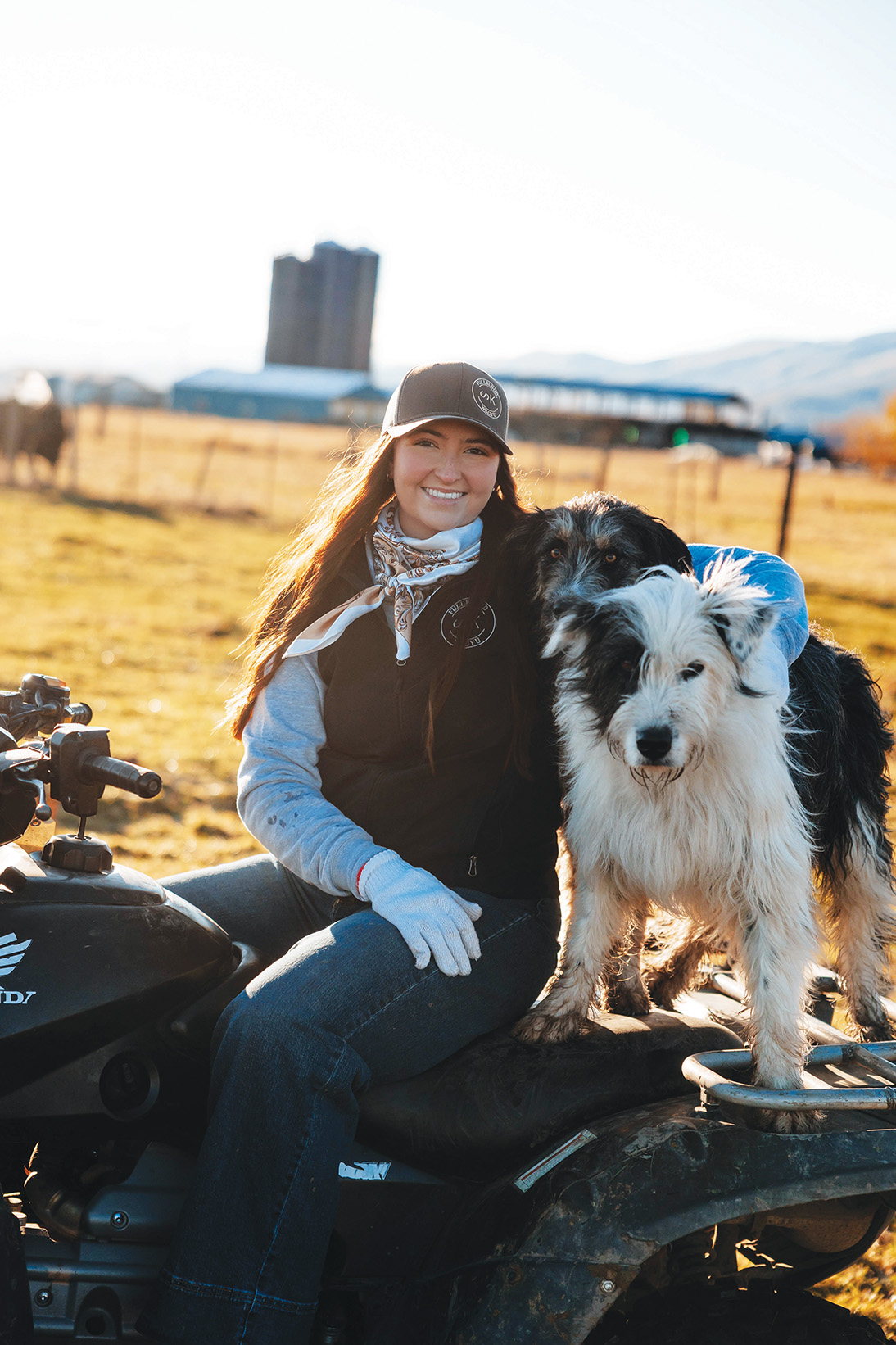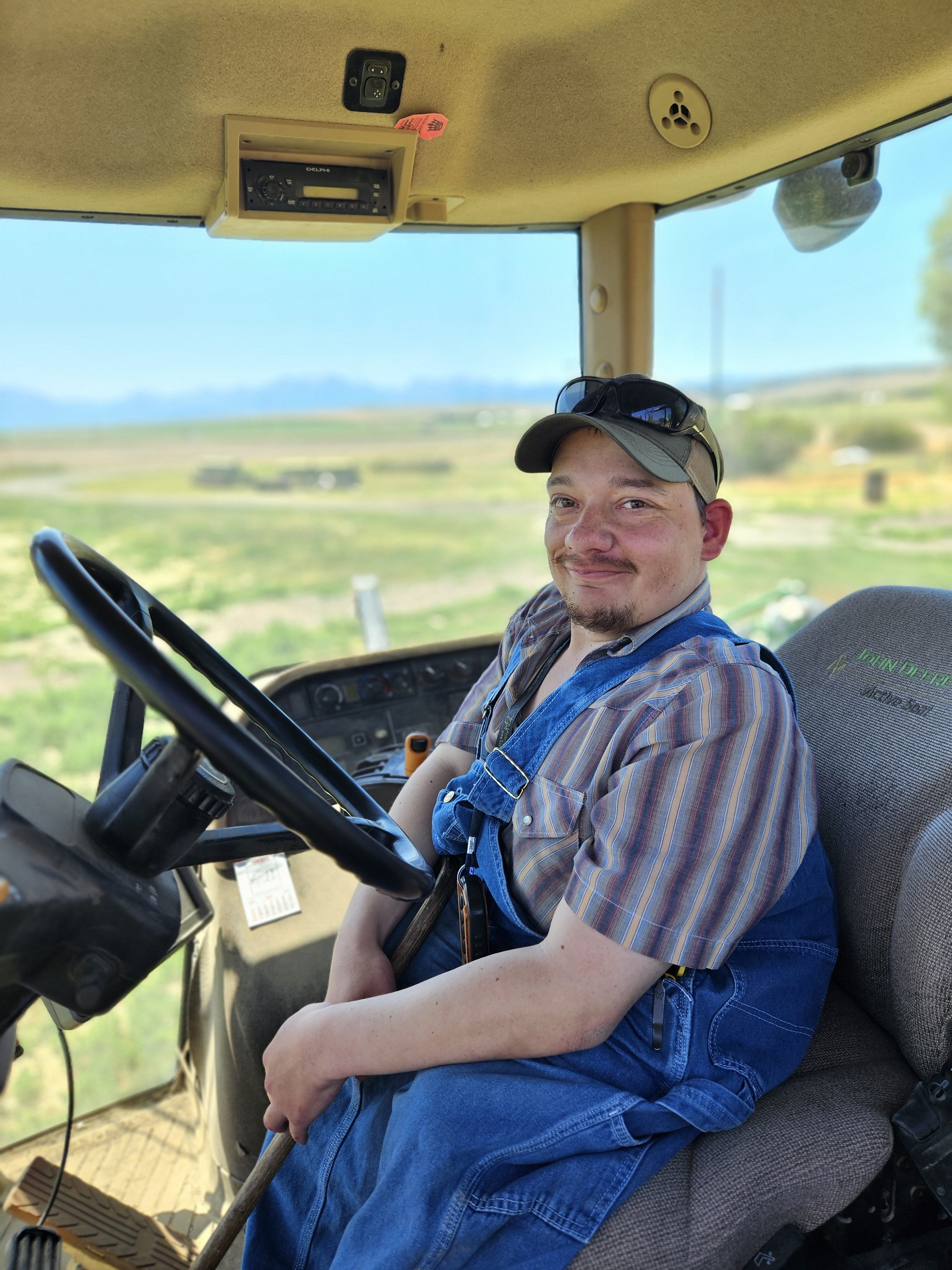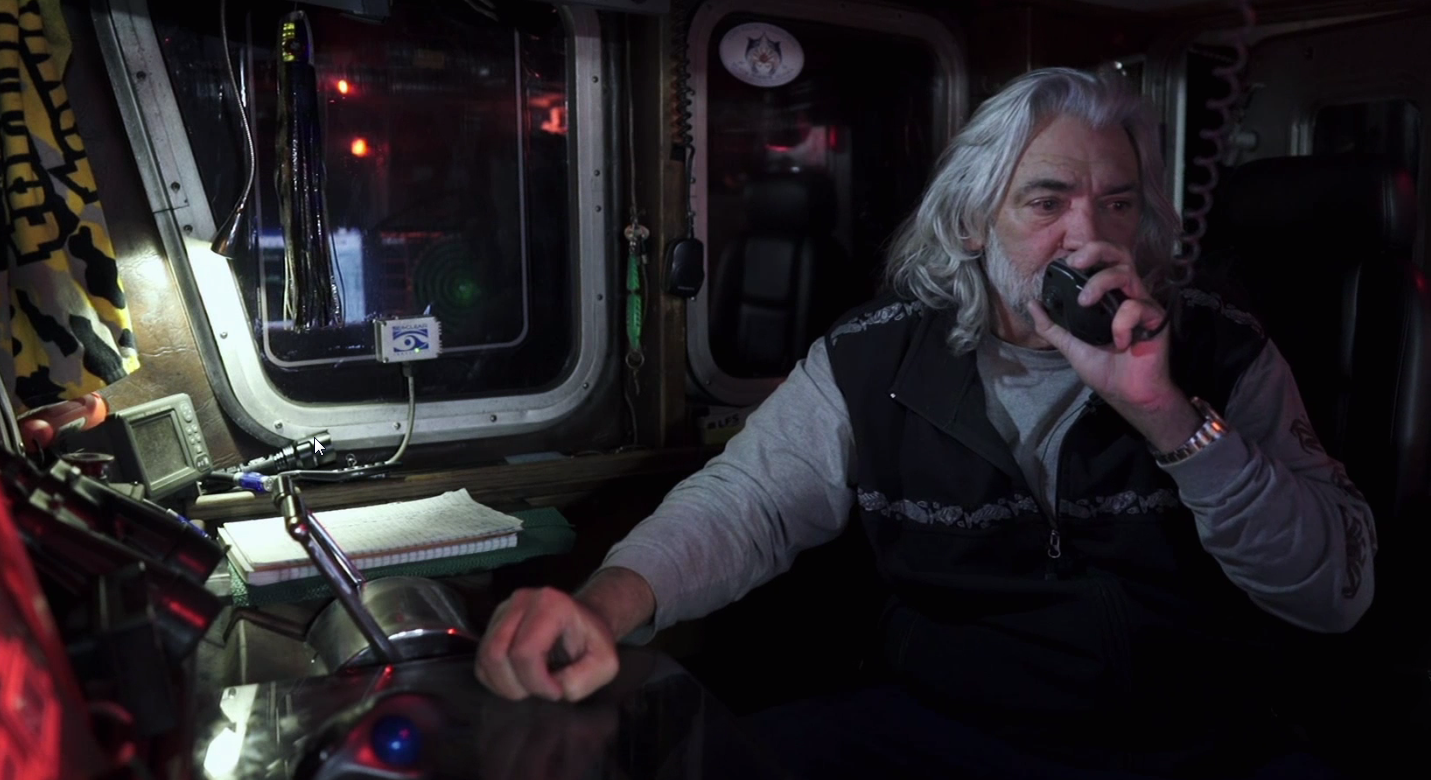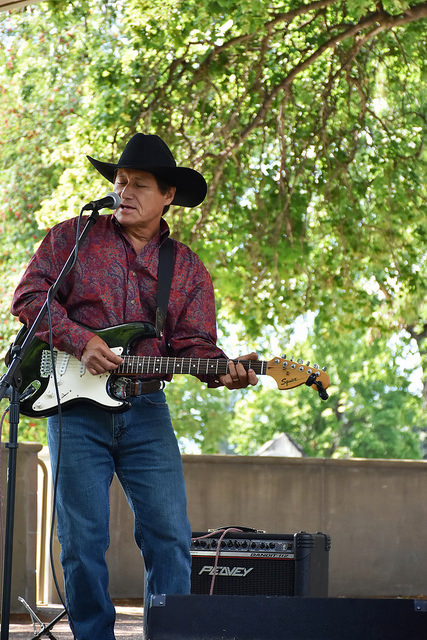On the trail: Exploring Baker County’s Bulldozer Creek
Published 3:00 am Saturday, March 25, 2023
Mud is maligned, and understandably so what with all the smearing and the gritty residue.
Trending
But it’s a substance not wholly without redeeming qualities.
It’s a near thing, though.
Mud is obnoxious, to be sure.
Trending
The stuff affixes itself to most surfaces, animate and inanimate alike, as readily as dog hair to a sofa cushion, and once there it hangs on with an appalling tenacity.
You need a fire hose and a crowbar to dislodge it.
(Unless the surface is your cheek or forehead, neither of which reacts well to fire hoses or crowbars.)
Yet for all its offensive aspects, mud can also help hone your leg muscles.
Take two steps into the clinging desert gumbo that forms every spring in the sagelands east of Baker City, for instance, and you’ve instantly added a couple pounds of weight to each boot.
No need to buy weights or pay a trainer.
Mud is free.
No batteries needed, and no assembly required, either.
Spring is when mud tends to reach its glutinous apex, it seems to me.
No season is immune, of course — a summer cloudburst can turn a dirt road into a quagmire, and autumn can get sloppy when, as happens occasionally, a series of Pacific storms rolls through before winter’s frigid days can make things solid.
But in my experience no mud can match, for its combination of slipperiness and obstinate stickiness, the mud during that period, typically spanning a few weeks, when winter succumbs to spring and the frost goes grudgingly out of the ground.
That mud has an attitude, if human traits can be fairly applied to soil.
(They can, I believe anyone would agree who has spent a few minutes hacking at their boot soles with a piece of sagebrush, trying to cut the mud load a bit before stepping into the rig. Where half of what’s left will latch onto the floormats — three-quarters if the mats are carpet rather than rubber. The remainder, inevitably, is destined for the kitchen floor.)
I think of mud whenever I ponder going for a hike during this season.
I have often been surprised, sometimes pleasantly and sometimes not, by what we found, my boots and I, when venturing into that country in this season of treachery.
On Sunday, March 19 my wife, Lisa, and I drove east from Baker City on Highway 86. Our destination was a place I’ve long wondered about but had never, at least so far as I can remember, visited.
My curiosity was piqued as much by the name of the place as its location.
Bulldozer Creek.
I’ve queried several longtime area residents but as of press time I had yet to track down someone who knew the origin of the name Bulldozer Creek. Undoubtedly I’ll get a call, with the complete history, about the time the paper rolls off the presses.
It isn’t much of a creek, although water flows there occasionally.
But even in this relatively damp spring, with snow still loitering on the north-facing slopes at the lower elevations near the Keating Valley, the stream’s bed was dry.
Besides that intriguing name, Bulldozer Creek is an inviting place to hike for a couple reasons.
Most important, it’s all on public land.
The stream, such as it is, bisects a chunk of BLM ground that encompasses about 10 square miles between Ritter Creek, a much more reliable source of water a mile or so to the east, and Ruckles Creek a couple miles to the west.
The turnoff to the right (south) isn’t marked with anything so obvious as a sign, but it’s pretty easy to find just the same.
The intersection is a couple hundred feet west of Milepost 17. If you get to a right turn, where Middle Bridge Road branches off to the left, you’ve gone too far.
The road to Bulldozer Creek is actually two roads — there’s a “Y” intersection just off the highway — and although the roads don’t quite connect, they’re close enough to make this a loop hike with a short, easy cross-country section.
One road stays close to the streambed. The other — the sort I call a “hogback” because it generally clings to the spine of a ridge — parallels the stream once it has swung around a minor butte just south of the highway.
Lisa and I made the loop clockwise, hiking the lower road south and then following the hogback road north back to the “Y” intersection.
Our timing was fortuitous.
Had we made the hike even a few days earlier, I suspect the roads would have been so mucky that we would have turned back (missing, of course, the chance to punish our calf muscles).
But we had had a rare run of three mostly dry days (rare for this March, anyhow), so the mud was confined to short sections where water had pooled in the ruts, or where snow, sheltered by rises and tall sagebrush, had lingered.
The road ends after about 2 miles at the site of an old well. The stream takes a sharp bend to the west, where a pair of car-sized boulders, one on either side of the channel, forms what looked to me like the sort of gateway you might find at a restaurant whose owners hope to cultivate a western atmosphere.
To continue the loop you could just climb straight up the ridge to the west. Lisa and I walked south up the creek for a few hundred yards, mainly because there were several other boulders that added geologic interest to the otherwise bland landscape of sage and grass.
I’m glad we kept going, as we jumped a herd of 16 mule deer. The deer started running away from us (as deer are wont to do) but after 10 seconds or so they stopped suddenly, all of them looking to the southeast, a behavior that reminded me of a flock of birds veering in perfect tandem.
We never saw what spooked the deer.
But after climbing to a ridgeline, where Lisa took several photos of them silhouetted on the skyline (a behavior no self-respecting mulie would engage in during hunting season), the deer ended up resuming their southeasterly course.
Besides the deer encounter, Lisa and I also came upon a side channel that afforded a slightly easier climb to the other road. We walked to a fence near an old water tank (which leans a bit, rather like a certain Italian tower), then followed the fence line to a gate.
The hogback road made a fine alternative to the creekside road.
This road is a couple hundred feet higher, which opens views considerably in all directions. The Wallowas dominate the northern horizon — for most of the way we were walking toward several of the great peaks of the southern part of the range, including Needlepoint Mountain, Red Mountain, Krag Peak and Mule Peak.
A swath of the Elkhorns rises between the sagebrush hills to the east, and near the southeast is Little Lookout Mountain.
We saw few signs of spring, though our hike was just a day before the equinox.
I expected to find at least a handful of buttercups, on the south slopes where the sunshine falls with the greatest weight, but if there were any we didn’t detect their telltale yellow blossoms.
I did see a few tentative leaves, none more than the length of a finger, that will soon yield another of my spring favorites, the purplish pink grass widow.
Along the hogback road Lisa noticed the dormant ground-hugging patches that, come May, will unveil one of the desert’s most comely shows, the phlox, with its palette of colors including white, pink and a rich red.
We did, however, encounter a few patches of prickly pear cactus, on the south-facing slope we climbed between the lower and upper roads.
Lisa spotted the clump, which was about the circumference of a garbage can lid. Its size, and its location on a patch of otherwise barren ground, were uncommon in my experience.
Prickly pear often grows in little clusters, no bigger than a footprint, in the shelter of a sagebrush — the better to poke an unsuspecting hiker’s ankle, causing him to leap 10 feet straight up, mortally certain he’s been bitten by a rattlesnake.
Or maybe that’s just how I react.
I’ve never so much as touched the rim of a basketball hoop, but I’m certain that if only I could arrange to have one transported out to the desert, at the moment a prickly pear spine slides through my sock and impales my foot, I could throw down a reverse dunk, no problem.
The muddy stretches were more frequent, and a bit longer, than along the lower road.
But we managed to skirt the worst patches without clogging our boots too badly.
I did later find a couple little clods of dirt.
In our kitchen.
Of course.
From Baker City, drive east on Highway 86 (exit 302) toward Richland and Hells Canyon. Just before Milepost 17, look for the dirt road on the right side of the highway. There is a fence close by, with yellow “public lands” signs. One road follows Bulldozer Creek’s valley for about 2 miles to a well site. Another road follows a roughly parallel route on the ridge just to the west. A round trip loop hike is about 4.5 miles, with an elevation gain of around 250 feet.










